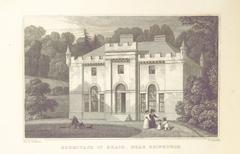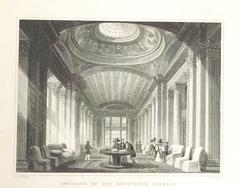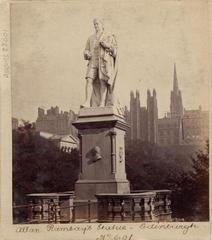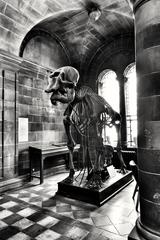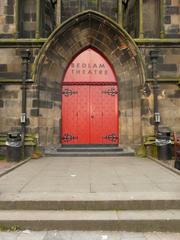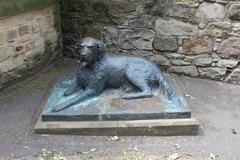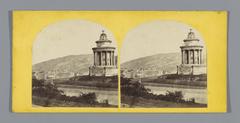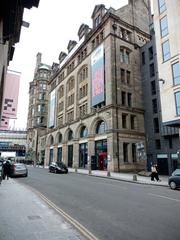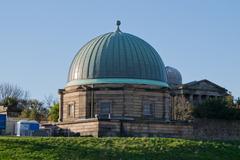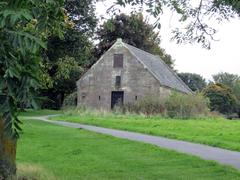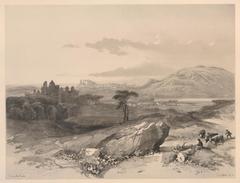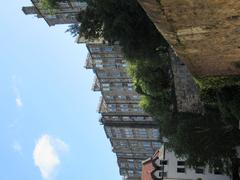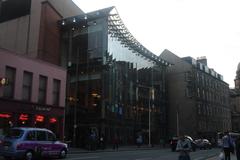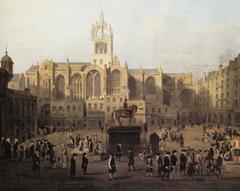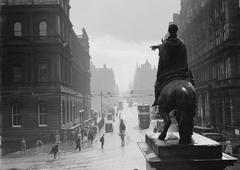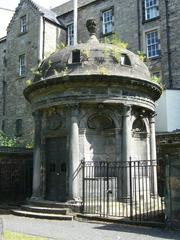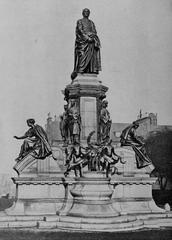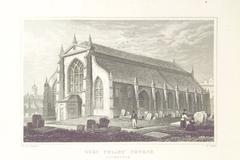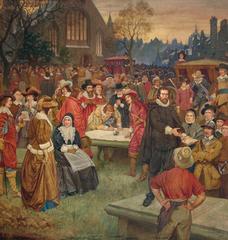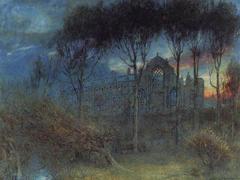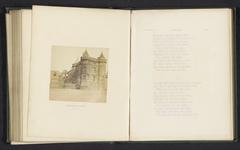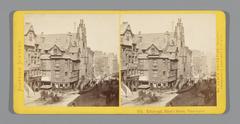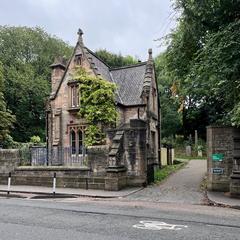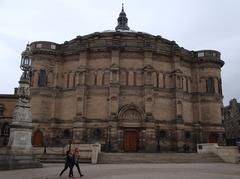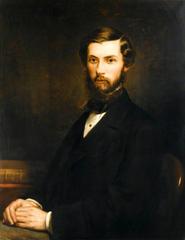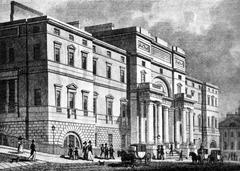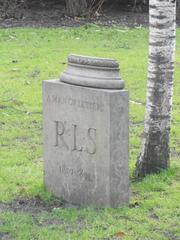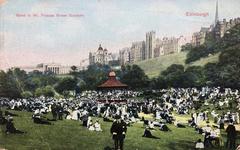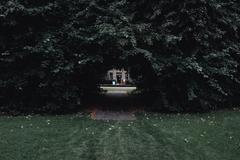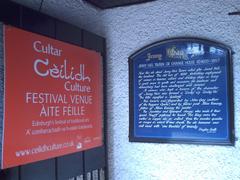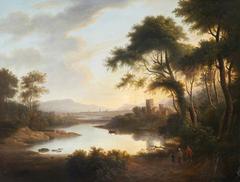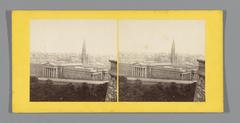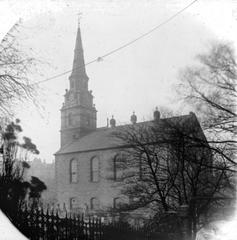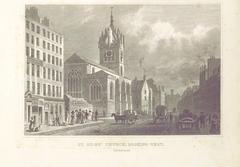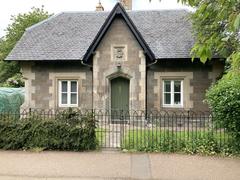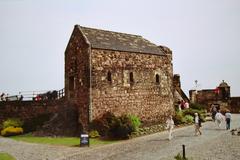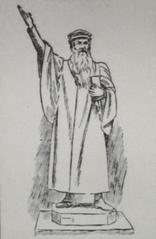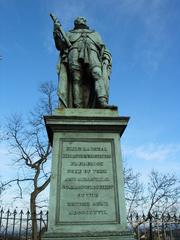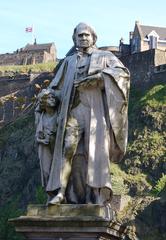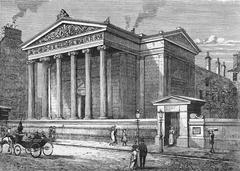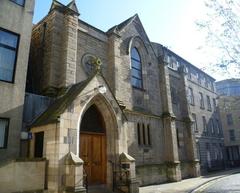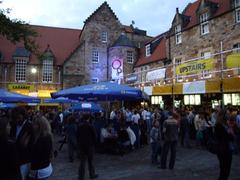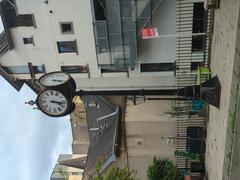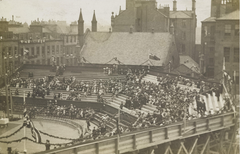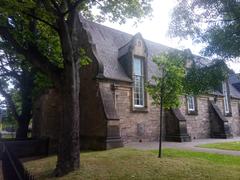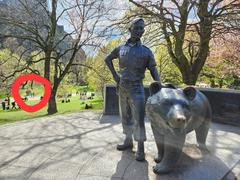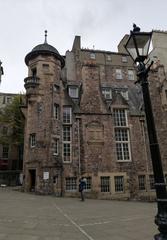
Visiting Hours and Guide to Hermitage of Braid, Edinburgh
Date: 24/07/2024
Introduction
Nestled between the Braid Hills and Blackford Hill in the vibrant city of Edinburgh, the Hermitage of Braid is a captivating destination that seamlessly blends rich history, stunning natural landscapes, and engaging visitor experiences. This 60.3-hectare (149-acre) site, part of the Hermitage of Braid and Blackford Hill Local Nature Reserve, is a hidden gem that offers an unforgettable journey through time and nature. Originally dating back to the 12th century under the ownership of the de Brad family, the estate has evolved significantly over the centuries. From its medieval origins to its modern-day status as a public park and nature reserve, the Hermitage of Braid stands as a testament to Edinburgh’s historical and cultural heritage (Wikipedia).
In the 18th century, the estate witnessed significant developments under the stewardship of Charles Gordon of Cluny, who commissioned the construction of the Hermitage House in 1785. Designed by architect Robert Burn in a castellated style, the house is now a category A listed building, recognized for its historical and architectural significance (Wikipedia). The estate’s transition to public ownership in 1937 marked a new chapter in its history, transforming it into a cherished public park and nature reserve. Today, the Hermitage of Braid offers a plethora of recreational opportunities, from guided tours and educational programs to bird-watching and nature walks, making it a must-visit destination for nature lovers and history enthusiasts alike (All About Edinburgh).
Table of Contents
- Introduction
- Early Ownership and Medieval Period
- 18th Century Developments
- The Gordon Family Legacy
- Transition to Public Ownership
- Visitor Information
- Historical Significance and Architectural Features
- The Braid Burn and Natural Landscape
- Modern-Day Use and Conservation
- Accessibility and Visitor Information
- Educational and Recreational Activities
- Travel Tips and Nearby Attractions
- FAQ
- Conclusion
Early Ownership and Medieval Period
The Hermitage of Braid, dating back to the 12th century, was first recorded under the ownership of Henri de Brad, a member of the de Brad family and Sheriff of Edinburgh. The de Brad family, originally from Belgium, established their estate here, which included a castle that remained until the 18th century (Wikipedia).
18th Century Developments
In the 18th century, Charles Gordon of Cluny acquired the estate. Gordon, a prominent lawyer, commissioned the construction of Hermitage House in 1785, designed by architect Robert Burn in a castellated style possibly influenced by Robert Adam (Wikipedia). Hermitage House is now a category A listed building, recognized for its historical and architectural significance (Wikipedia).
The Gordon Family Legacy
Colonel John Gordon, Charles Gordon’s son, continued to develop the estate, serving as a soldier and Member of Parliament. The Gordon family’s stewardship laid the foundation for the estate’s future as a public park and nature reserve (Wikipedia).
Transition to Public Ownership
In 1937, John McDougal gifted the Hermitage of Braid to the city of Edinburgh, transforming it into a public park. A commemorative pillar marks this generous donation, and the park was officially opened on June 10, 1938, by Lord Provost Sir Louis Gumley (Wikipedia). Today, Hermitage House serves as a visitor center and houses the offices of the City of Edinburgh Council’s Countryside Natural Heritage Service (Wikipedia).
Visitor Information
Visiting Hours and Tickets
The Hermitage of Braid is open to the public year-round. While there is no entrance fee, donations are appreciated to help with the maintenance and conservation efforts. Visiting hours are typically from dawn until dusk, but it’s always best to check the City of Edinburgh Council’s website for any updates or special events.
Guided Tours and Special Events
Guided tours are available, offering visitors a deeper understanding of the estate’s history, architecture, and natural environment. Special events, such as historical reenactments and nature walks, are frequently organized. For a complete schedule, visit the official website or the visitor center.
Historical Significance and Architectural Features
Hermitage House, built in the late 18th century, showcases the castellated architectural style popular during that era. The estate also features a dovecote known as the Do’cot, which provided fresh meat for the manor’s occupants, and a walled garden that reflects the self-sustaining practices of the time (All About Edinburgh).
The Braid Burn and Natural Landscape
The Braid Burn, a stream that runs through the estate, adds to its natural charm. Historically, the surrounding forests and hills were hunting grounds for deer and boar. The burn has shaped the landscape and contributed to the area’s biodiversity, making it a vital feature of the nature reserve (All About Edinburgh).
Modern-Day Use and Conservation
Today, the Hermitage of Braid and Blackford Hill Local Nature Reserve is managed by the City of Edinburgh Forestry and Natural Heritage. The reserve is a haven for wildlife and offers numerous recreational opportunities. The Friends of the Hermitage of Braid and Blackford Hill charity actively preserves the area’s natural beauty and historical significance (Friends of the Hermitage of Braid).
Accessibility and Visitor Information
The Hermitage of Braid is accessible to visitors of all ages and abilities, with paths suitable for wheelchairs and pushchairs. Main access points include Charterhall Road, Observatory Road, and Braid Road. For detailed accessibility information, visit the Edinburgh Museums website (Edinburgh Museums).
Educational and Recreational Activities
Visitors can enjoy guided walks through the ancient woodlands, birdwatching, and educational programs about the area’s history and biodiversity. The reserve is home to diverse bird species, including passerines and birds of prey (Curious Edinburgh).
Travel Tips and Nearby Attractions
When visiting the Hermitage of Braid, wear comfortable walking shoes and bring a camera to capture the picturesque landscapes. Nearby attractions include Blackford Hill, the Royal Observatory, and the Braid Hills Golf Course. Public transport options and parking facilities are available for ease of access.
FAQ
-
What are the Hermitage of Braid visiting hours?
- The reserve is open from dawn until dusk. Check the City of Edinburgh Council’s website for any changes.
-
Is there an entrance fee for the Hermitage of Braid?
- There is no entrance fee, but donations are welcome.
-
Are guided tours available?
- Yes, guided tours are available. Visit the official website for schedules and booking information.
-
Can I bring my dog to the Hermitage of Braid?
- Yes, dogs are welcome, but they must be kept on a leash.
-
What facilities are available at the visitor center?
- The visitor center offers information, restrooms, and educational exhibits.
Conclusion
The Hermitage of Braid is more than just a historical site; it is a living testament to Edinburgh’s rich cultural and natural heritage. From its medieval roots under the de Brad family to its transformation into a public park in the 20th century, the Hermitage has continually evolved, offering visitors a unique blend of historical significance and natural beauty. The estate’s well-preserved architectural features, such as the Hermitage House and the dovecote, provide a glimpse into the past, while the lush woodlands and diverse wildlife offer a serene retreat from urban life (Curious Edinburgh).
Whether you’re a history buff, a nature enthusiast, or simply looking for a peaceful escape, the Hermitage of Braid has something to offer everyone. Its accessible trails, educational programs, and guided tours ensure that visitors of all ages and abilities can enjoy and appreciate the site’s rich offerings. Moreover, the active involvement of the Friends of the Hermitage of Braid and Blackford Hill charity underscores the community’s commitment to preserving this natural and historical treasure for future generations (Friends of the Hermitage of Braid). Plan your visit today and immerse yourself in the captivating stories and stunning landscapes of this Edinburgh gem.
